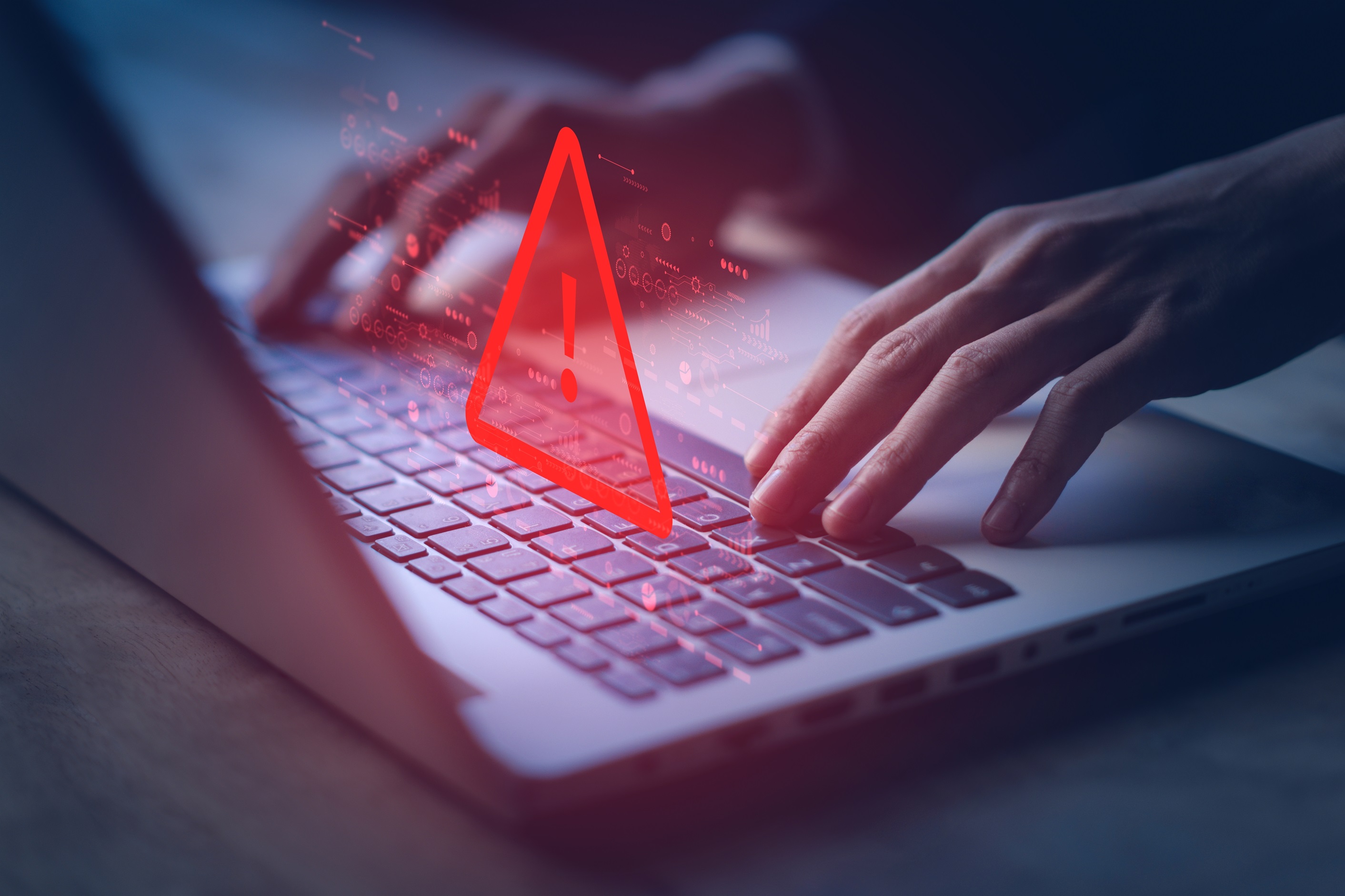While the internet is vital for most businesses, it is also a very dangerous place. Every time you go online at home or at work, you are at risk of being infected with a virus or being held hostage by malware. From complex threats curated by hackers to suspicious links leading to dodgy advertisements, online security has never been so important.
Not only can viruses and online threats slow down your computers, but serious hacks can jeopardise your data. With the
new data legislation coming into effect next year, which state that organisations must prevent and record data breaches, now is the time to make sure all of your staff are aware of the common threats faced on the internet.
Having updated security systems in place such as firewalls and
anti-virus software is a good place to start, but many data beaches occur through human error such as clicking suspicious email links. Threats are evolving all of the time, but here are the four top online threats to be aware of at the moment.
1. Avril Lavigne
Did you know that simply searching for articles or photographs of your favourite celebrity can increase your chances of downloading a dangerous virus? Cyber criminals take advantage of the heavy search volume to try and infect as much hardware as possible, so you could be more at risk if you regularly look at celebrity gossip sites. The most recent research by McAfee found that Avril Lavigne was the number one dangerous celeb on the web, with a 14.5% chance of landing on a site with malware or viruses. All joking aside, it’s probably advised to ensure your team are only looking at professional work-related websites to avoid stumbling across an online threat.
2. Globe Imposter
This is a type of ransomware that all business owners need to be aware of. Like many of these dangerous threats, it can only get inside of a computer and claim its files if the attachment is downloaded from an email. One click could lead to encrypted files and a demand for Bitcoins to be transferred to hackers. If you don’t want your data to be held ransom, make sure all staff are only opening email attachments from a sender they know and trust.
3. Spearphishing
You’ve probably heard of phishing attacks, where cybercriminals send a fake email pretending to be from banks or businesses. As many people are now aware of this threat and delete these suspicious emails, the concept has become more sophisticated, and “spearphishing” and “whaling” can be more difficult to detect. Now these hackers are targeting high grossing companies and individuals, sending a fraudulent email from a trusted account.
4. Locky
Locky is one of the most well-known types of ransomware, as it’s been around for over a year yet is still infecting computers worldwide. It is most commonly used within a Microsoft Word document which contains malicious macros – as usual, sent via email. People often open these attachments if they are said to be invoices or payment receipts so once again, training staff on suspicious emails is critical.
Ask us how we can
keep your business safe online and protect it from the most recent threats.





